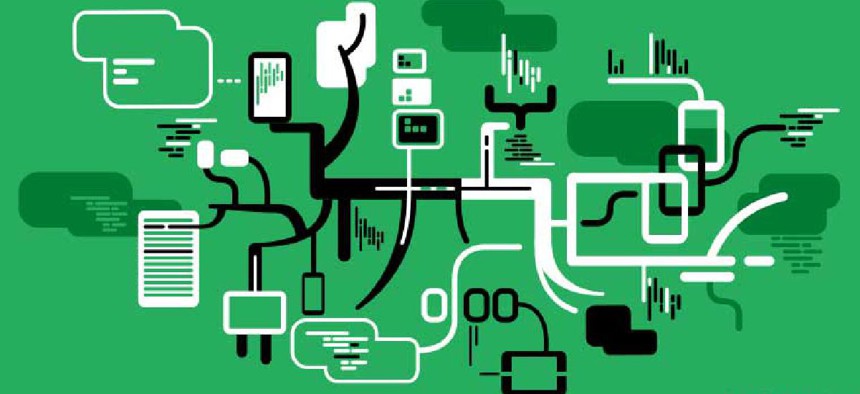
New report shows challenges of modernizing DOD's supply chain management
Even as DOD seems to be full-steam ahead on modernization, sustainment spending continues to loom large for supply chain management and legacy market players do there as well.
Like so many other aspects of government IT, the Defense Department finds itself in looking to both maintain the supply chain management systems it already has but also look to the future of more modern tools.
A new report from big data and analytics firm Govini helps illustrate that situation, where 73.1 of DOD’s supply chain technology obligations over the past four years were for sustainment and day-to-day operations. The remaining 26.9 percent of spending was for emerging technologies.
Contract obligations for supply chain technology added up to $79.2 billion over four years but sustainment costs represented $57.8 billion of that. That certainly indicates how vast DOD’s inventory is and how the current IT networks in place are key to the military’s day-to-day operations.
But it also shows how maintaining the status quo continues to dwarf new investments even as DOD is looking to ramp up modernization investments, said Tara Murphy Dougherty, president of Govini’s national security practice.
That particularly comes as DOD thinks through how to “manage sustainment costs while we’re simultaneously realizing that the vulnerabilities in the U.S. supply chain are more significant than ever and the supply chain is more opaque than ever because of the global complexity of it,” Dougherty said.
The big issue then, she says, is how to “put a governor on sustainment costs so we don’t have to change our modernization priorities.”
Commercially-proven technologies could be an answer to keeping those operations-and-maintenance costs down, she said in going as far as to say the “commercial sector is wildly under-tapped by DOD.”
But the top five supply chain technology vendors Govini found are the players that be expected: Perspecta, Leidos, Northrop Grumman, the combined General Dynamics IT-CSRA and CACI International.
That eye toward what is down the road also includes what could be available outside the traditional defense supplier base but from the commercial world in areas like artificial intelligence, cloud computing and the Internet of Things to link the digital and physical worlds.
But Govini notes that many of the same top vendors in IT sustainment for supply chain also lead in several emerging technology segments. For example, Leidos and Northrop are top five players in informatics, while Perspecta is a leader in cloud-enabled configurable systems as DOD seeks to embrace commercial cloud through its much-
So how are those legacy players keeping their strong footholds in the defense supply chain technology arena?
Dougherty said she sees traditional systems integrators making more investments in the early development phases to build off longstanding knowledge of what their customers want.
That way, she said, they “compete on the basis of what is essentially COTS (commercial-off-the-shelf, where they would have previously gone GOTS (government-off-the-shelf).”
“The SIs already so embedded with the client can spend IRAD (independent research-and-development money (and) because they work so closely with whatever DOD component, they know what’s needed.”
